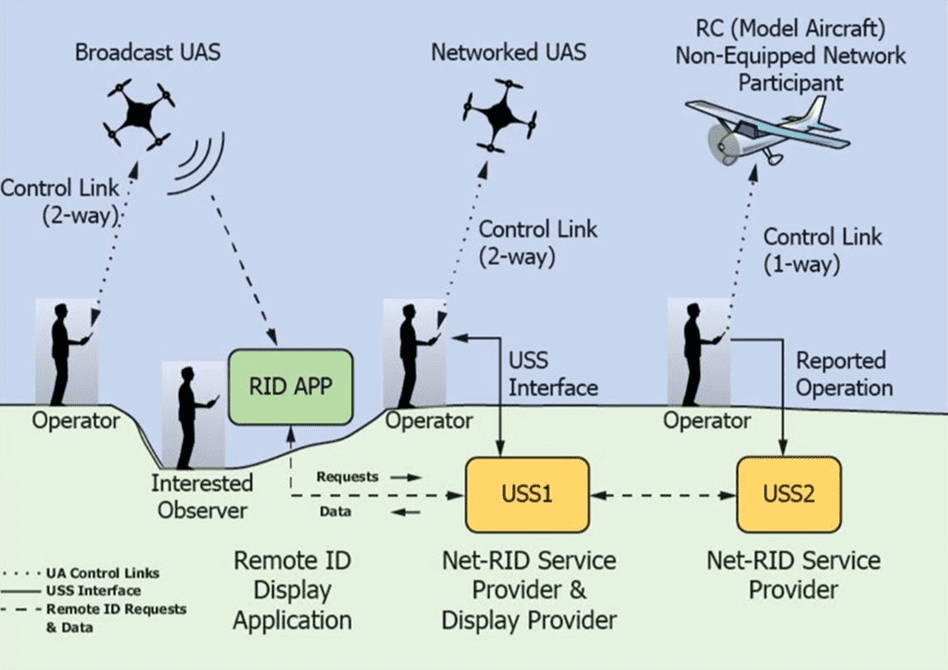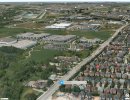Yes.Is it usual to mention things like that in investigations into collisions?
You might infer that, but it is not implied. In fact the opposite was expressly stated.If this was an incident report in my own field (education), mentioning that someone didn't see something would imply that they should have seen it. And listing it first in the findings would imply that it was the most important factor.
The findings referenced the factors noted in the analysis:I read the report before I watched Don's video, and I had the same reaction to item 1 in the findings (3.1). I also noted that in item 3 the report reiterated that the RPAS pilot was likely task saturated (as mentioned earlier in the report), but item 1 didn't mention that the drone was likely below the visual acuity of the pilots and hard to spot in urban clutter (which was also mentioned earlier).
2.1 Collision avoidance and visual scanning
The pilots aboard the Cessna were operating according to established circuit procedures and were on a standard final approach profile to Runway 15. To reduce conflicts with other traffic in the vicinity, they were broadcasting their location on the airport’s mandatory frequency, and monitoring the frequency for transmissions from other aircraft. The pilots did not hear any other traffic on the frequency and were not aware of any traffic in the area.
In addition to monitoring the frequency, the Cessna pilots were using the principles of see-and-avoid as they flew the circuit, and they were actively scanning the area. By the time the 2 aircraft were in close proximity, the RPA was directly in front of the Cessna as the Cessna descended on final approach. This meant that the relatively small RPA would have been almost stationary if viewed from the Cessna cockpit and set against a complex background of urban buildings and ground features. The small size of the RPA may have resulted in a visual cue that was smaller than the visual acuity threshold of the Cessna pilots’ eyes, and the absence of background contour between the black RPA and the urban landscape would have made the RPA very difficult to see, even if the flight crew had been aware of its presence.
Anyone who cannot be bothered to read the entire report is not the target audience.In both engineering (which I think Don is and I was) and education (which I am in now) if something is in the body of a report but not in the findings or action items it is basically buried and will be ignored.













